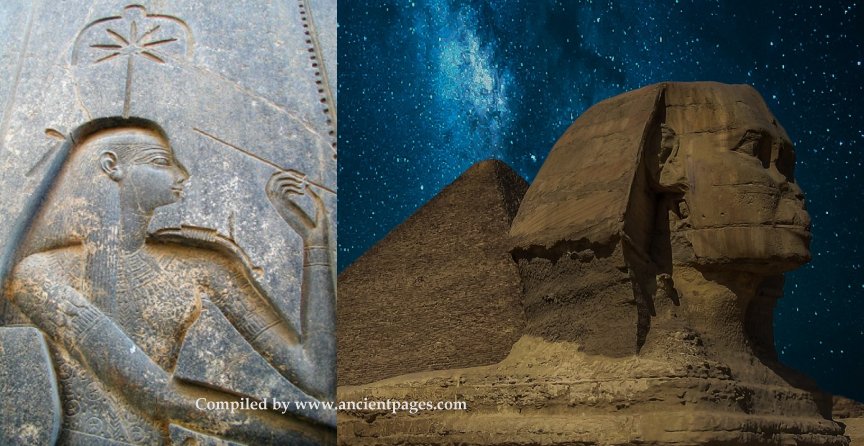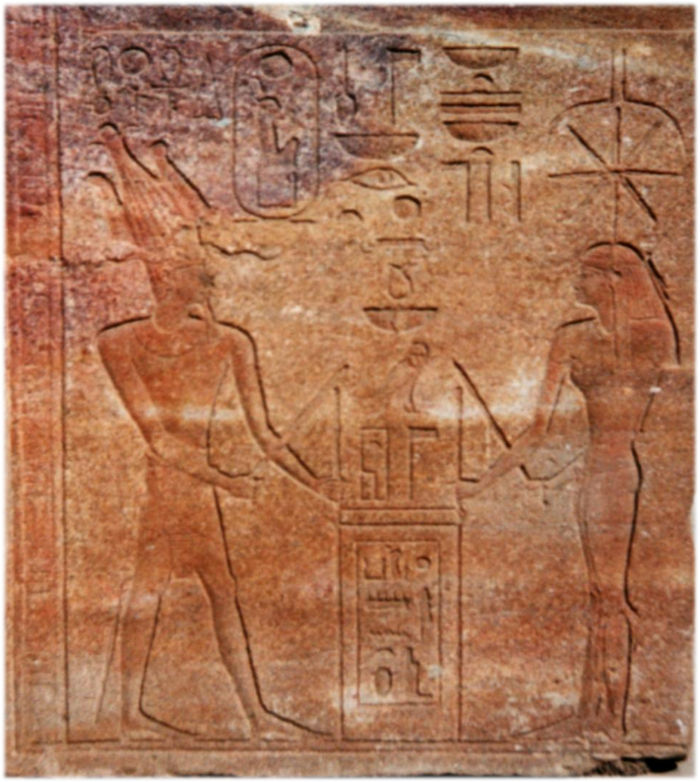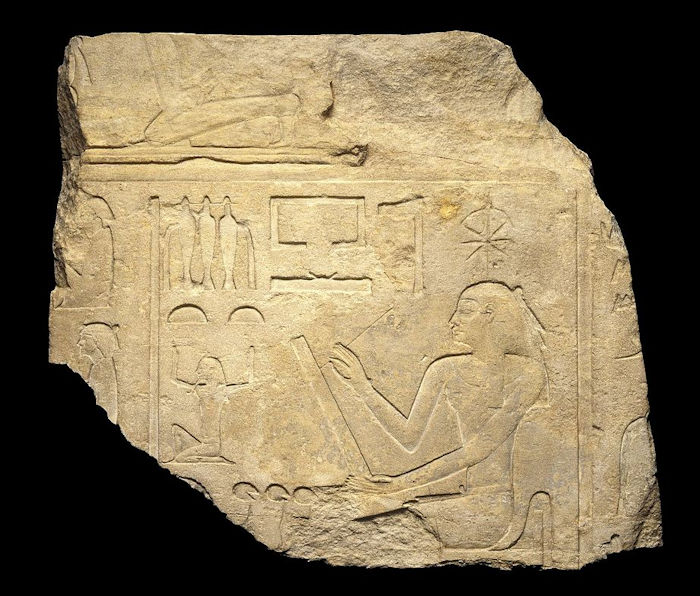Seshat: Goddess Of Astronomy Aligned Sacred Monuments To The Stars Long Before Imhotep
Ellen Lloyd - AncientPages.com - Known for her astronomical knowledge, Lady of the Stars, goddess Seshat played a vital role in the construction of sacred Egyptian buildings. She assisted the pharaoh in the Stretching of the Cord ritual to align the sacred monuments to the stars.
Why Was The Sacred Stretching Of The Cord Ceremony Performed?
The mysterious Stretching of the Cord ritual dates to very ancient times. It was performed by ancient Egyptian priests long before Imhotep built the Sakkara pyramid.
Imhotep was well-known for his intelligence and wisdom. Imhotep, or “he who comes in peace,” was an ancient Egyptian genius and the great architect of the world’s first known monumental stone building, the Step Pyramid at Sakkara.
As previously discussed on Ancient Pages, there is no doubt that Imhotep was a mastermind. Still, it remains unknown from whom he acquired his vast knowledge of astronomy and the art of stone masonry.
One possibility is that Imhotep was a member of the mysterious Shemsu Hor, who were followers of Horus. The Shemsu Hor were semi-divine kings in predynastic Egypt. According to sacred ancient Egyptian texts, the Shemsu hor were present in Egypt during the Golden Ages of the original divine kings, and they remained there long after these kings ascended back to the stars.
The Shemsu Hor inherited sacred knowledge of the pyramids, the Sphinx, and the surrounding energy fields.
In ancient Egypt, the orientation of the buildings was of great importance because the Pharaoh received his power from the Northern Stars.
The stretching of the cord ceremony in the temple of Karnak. Credit: Lothar Derstroff - CC BY-SA 3.0
The Pharaoh conducted the sacred ceremony, Stretching of the Cord, to orient the temples and tombs before building them.
Together with Goddess Seshat, the Pharaoh stood with a hammer in one hand and a pole in the other. Seshat held the same objects in her hands and pulled a cord wrapped between their respective poles.
The Pyramid Texts described the ceremony as: “I have grasped the stake…I take the measuring cord in the company of Seshet. I consider the progressive movements of the stars. My eye is fixed upon the Bull’s Thigh [Ursa Major]. I count off time…and establish the corners of the Temple.”
This method helped the pharaoh determine the location of the Northern stars from whence came his power and where his soul traveled. Possessing this vital knowledge, the Pharaoh was able to begin the construction of sacred buildings.
Goddess Seshat Could See In The Dark
Goddess Seshat, ca. 1919-1875 B.C.E. Brooklyn Museum. Credit: Charles Edwin Wilbour Fund - Public Domain
Intriguing Goddess Seshat was one of the most intelligent deities of ancient Egypt.
In some Egyptian accounts, Seshat is referred to as the wife of Thoth, the Egyptian God of science, literature, writing, and keeper of sacred books. In some texts, she is identified as his daughter and, at other times, as his wife.
She was known as Lady of Builders and patron of the sacred books and libraries.
To Egyptians, the number 7 was one of the most sacred numbers. Often depicted wearing panther skin and a headband with a seven-pointed star and bow, Seshat possessed the ability to see in the dark. Seshat also wore a golden tiara with a stem surmounted by a seven-pointed star.
One of her most important tasks was to record the years that each king reigned, and she was sometimes shown writing the king's name on the leaves of the Persea tree, a sacred tree in ancient Egypt.
According to Egyptian mythology, the Bennu bird was born from the flames of a burning Persea tree. The Bennu bird was similar to the Phoenix, the bird of immortality.
Goddess Seshat, a divine time-keeper, recorded calendar events by observing the cycle of the stars. Much of her knowledge was considered so sacred that it was never shared beyond the ranks of the highest professionals, such as architects and certain scribes.
Seshat, the goddess of accounting, architecture, astronomy, astrology, building, mathematics, and surveying was someone who would today be called a great scientist.
Updated on July 7, 2022
Written by - Ellen Lloyd – AncientPages.com
Copyright © AncientPages.com All rights reserved. This material may not be published, broadcast, rewritten or redistributed in whole or part without the express written permission of AncientPages.com
Expand for referencesMore From Ancient Pages
-
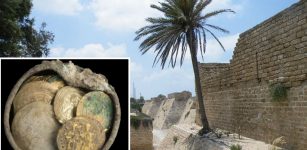 Rare Gold Coins And Treasures Linked To Crusaders’ Conquest Of Caesarea – Discovered
Archaeology | Dec 4, 2018
Rare Gold Coins And Treasures Linked To Crusaders’ Conquest Of Caesarea – Discovered
Archaeology | Dec 4, 2018 -
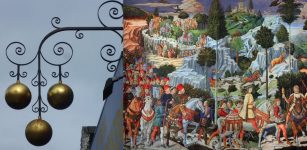 Why Is The Three Golden Balls Symbol For A Pawn Shop Connected To The Medici Family?
Ancient History Facts | Feb 12, 2019
Why Is The Three Golden Balls Symbol For A Pawn Shop Connected To The Medici Family?
Ancient History Facts | Feb 12, 2019 -
 Unique Female Viking Grave In Swedish Mountains Reveals Its Secrets
Archaeology | Jul 14, 2023
Unique Female Viking Grave In Swedish Mountains Reveals Its Secrets
Archaeology | Jul 14, 2023 -
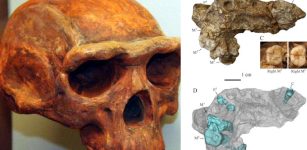 ‘Homo Erectus’ From Gongwangling Could Have Been One Of The First Human Beings 1,6 Million Years Ago
Archaeology | Jun 14, 2022
‘Homo Erectus’ From Gongwangling Could Have Been One Of The First Human Beings 1,6 Million Years Ago
Archaeology | Jun 14, 2022 -
 Blackfoot People Carry DNA From Unknown Ancestors Who Came To America 18,000 Years Ago
DNA | Apr 4, 2024
Blackfoot People Carry DNA From Unknown Ancestors Who Came To America 18,000 Years Ago
DNA | Apr 4, 2024 -
 Teotihuacán: Enigmatic Birthplace Of The Gods And Its Obscure History
Civilizations | Jul 26, 2016
Teotihuacán: Enigmatic Birthplace Of The Gods And Its Obscure History
Civilizations | Jul 26, 2016 -
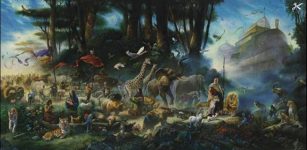 The Great Flood And Noah’s Ark Were Real Events – Scientist Says
Featured Stories | Jun 21, 2014
The Great Flood And Noah’s Ark Were Real Events – Scientist Says
Featured Stories | Jun 21, 2014 -
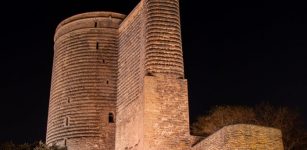 Baku’s Mysterious Maiden Tower – Legend Of The Daughter Of Fire Who Saved The Sacred Temple May Be True
Featured Stories | Jul 5, 2021
Baku’s Mysterious Maiden Tower – Legend Of The Daughter Of Fire Who Saved The Sacred Temple May Be True
Featured Stories | Jul 5, 2021 -
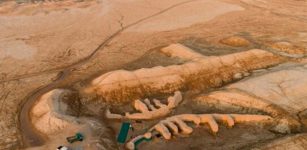 Sumerians Built A Huge ‘Anti-Drought Machine’ To Save Ancient City Of Girsu From Destruction
Ancient Technology | Nov 23, 2023
Sumerians Built A Huge ‘Anti-Drought Machine’ To Save Ancient City Of Girsu From Destruction
Ancient Technology | Nov 23, 2023 -
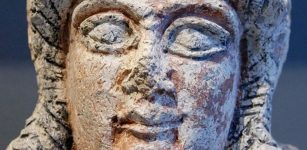 Ancient Mesopotamian City Discovered And Identified As Xarab-i Kilashin
Archaeology | Jul 11, 2017
Ancient Mesopotamian City Discovered And Identified As Xarab-i Kilashin
Archaeology | Jul 11, 2017 -
 Why Are Christmas Ghost Stories So Fascinating?
Christmas Traditions | Dec 24, 2019
Why Are Christmas Ghost Stories So Fascinating?
Christmas Traditions | Dec 24, 2019 -
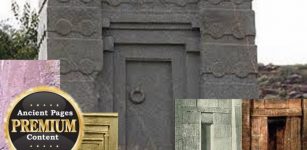 Unraveling The Mystery Of Ancient ‘False Doorways’
Featured Stories | May 24, 2014
Unraveling The Mystery Of Ancient ‘False Doorways’
Featured Stories | May 24, 2014 -
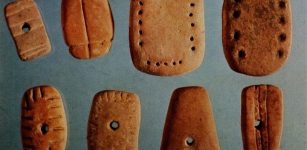 Intriguing Sumerian Clay Tokens – An Ancient ‘Book Keeping’ System Used Long After Writing Appeared
Artifacts | Jul 8, 2017
Intriguing Sumerian Clay Tokens – An Ancient ‘Book Keeping’ System Used Long After Writing Appeared
Artifacts | Jul 8, 2017 -
 Longest European Burial Mound Pre-Dating The Egyptian Pyramids Discovered In Czechia
Archaeology | Jun 24, 2024
Longest European Burial Mound Pre-Dating The Egyptian Pyramids Discovered In Czechia
Archaeology | Jun 24, 2024 -
 Ancient DNA Reveals Some Northern Europeans Came From Siberia
Archaeology | May 13, 2019
Ancient DNA Reveals Some Northern Europeans Came From Siberia
Archaeology | May 13, 2019 -
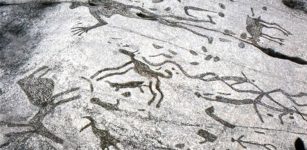 Peterborough Petroglyphs Could Offer Evidence Ancient Celts Visited Canada 2,000 Years Ago
Archaeology | May 27, 2015
Peterborough Petroglyphs Could Offer Evidence Ancient Celts Visited Canada 2,000 Years Ago
Archaeology | May 27, 2015 -
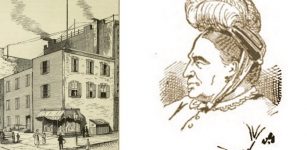 New York’s Queen Of Thieves Fredericka Mandelbaum Opened Marm’s Grand Street School For Criminals
Featured Stories | Jul 24, 2024
New York’s Queen Of Thieves Fredericka Mandelbaum Opened Marm’s Grand Street School For Criminals
Featured Stories | Jul 24, 2024 -
 Nanna: Mesopotamian Moon God, Lord Of Wisdom And Father Of The Gods
Featured Stories | Apr 1, 2017
Nanna: Mesopotamian Moon God, Lord Of Wisdom And Father Of The Gods
Featured Stories | Apr 1, 2017 -
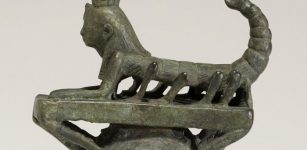 Mysterious Scorpion Goddesses In Myths And Legends
Egyptian Mythology | Jan 26, 2016
Mysterious Scorpion Goddesses In Myths And Legends
Egyptian Mythology | Jan 26, 2016 -
 Why Was The Pineapple A Status Symbol Once?
Ancient History Facts | Feb 12, 2024
Why Was The Pineapple A Status Symbol Once?
Ancient History Facts | Feb 12, 2024

